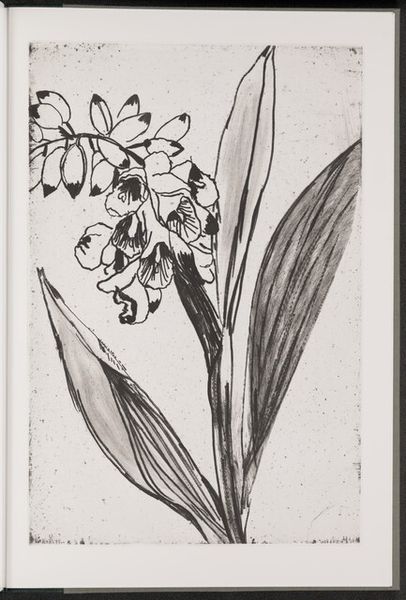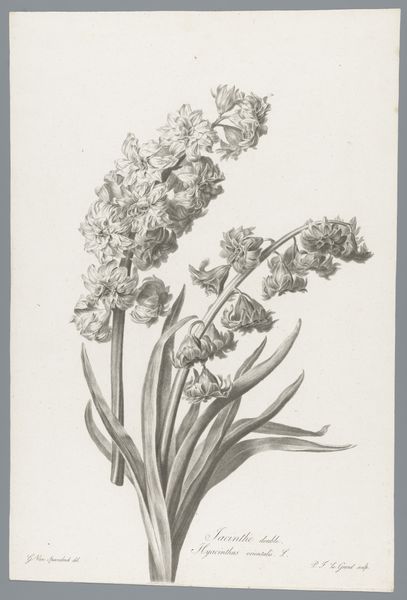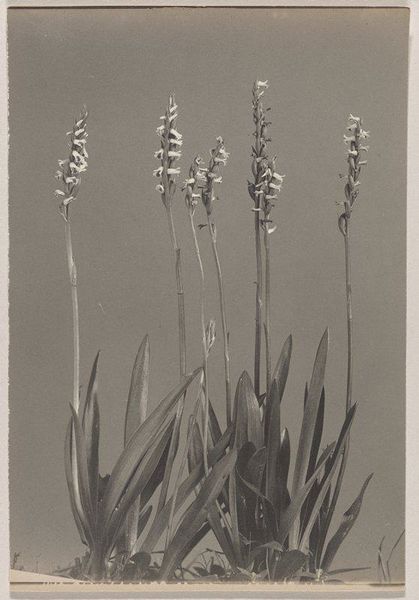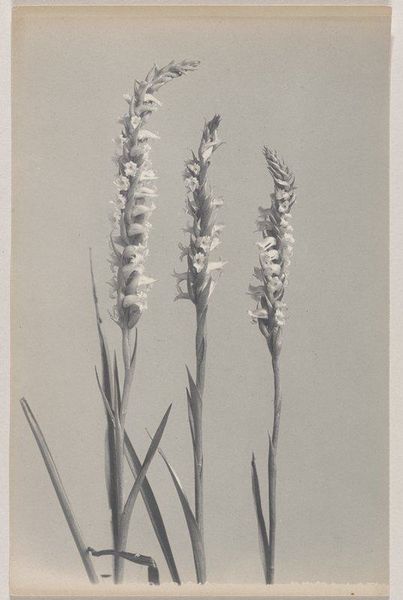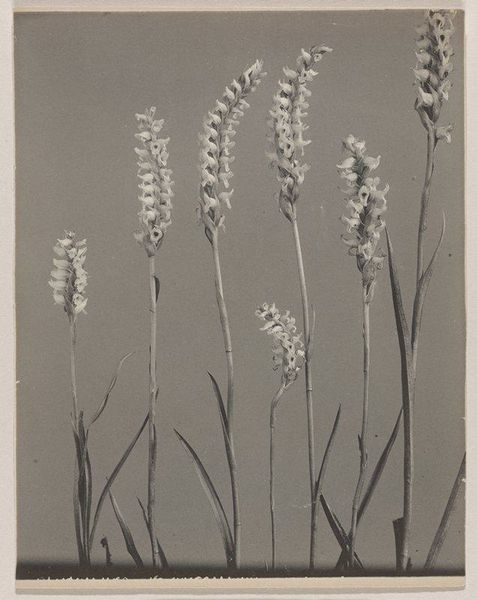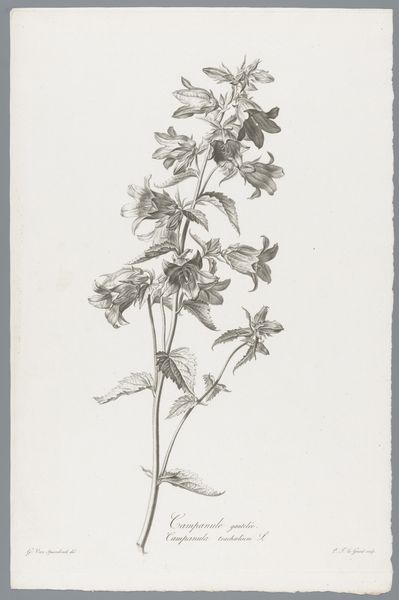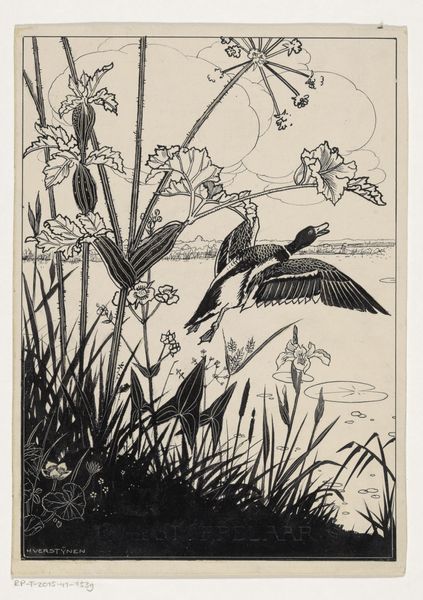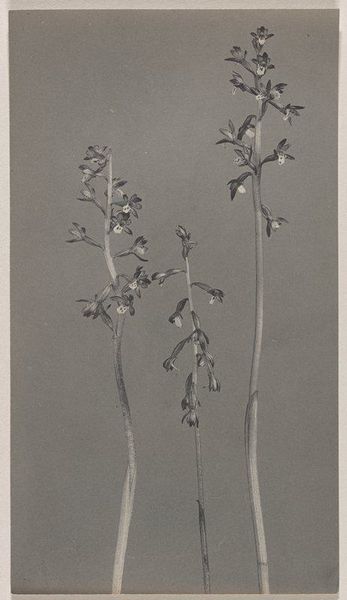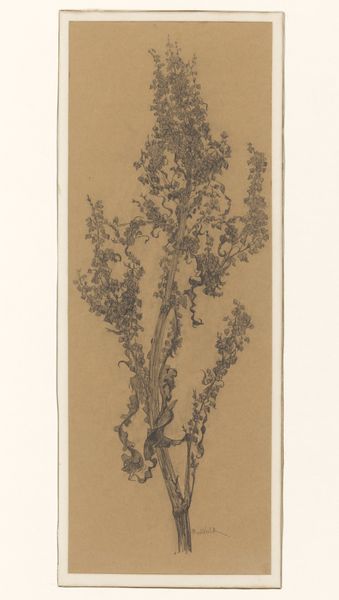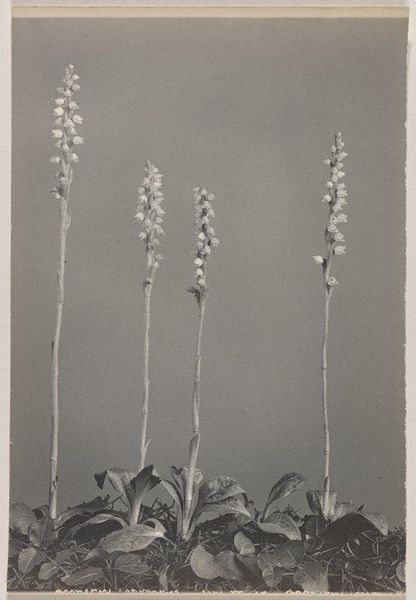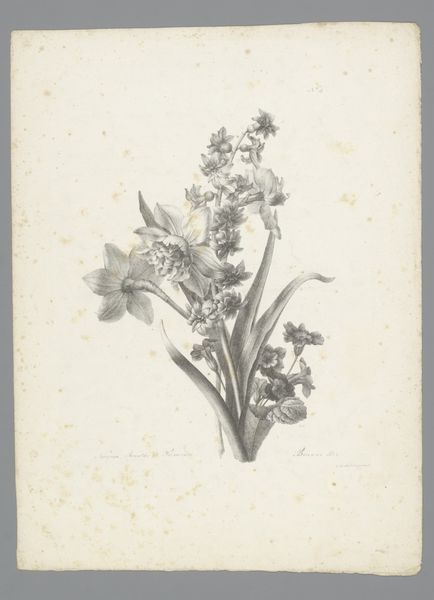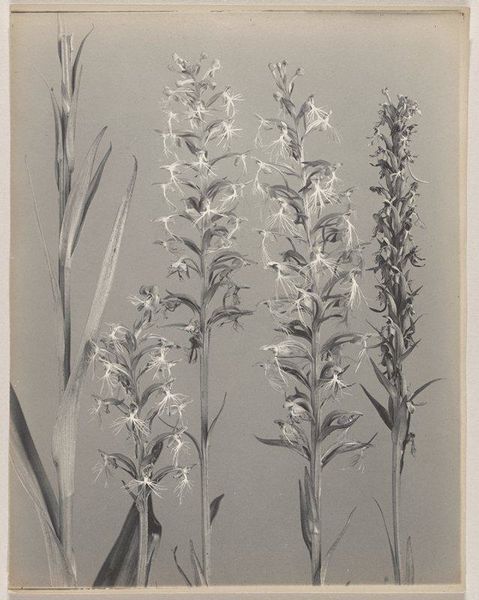
print, woodcut
#
pen drawing
# print
#
linocut print
#
woodcut
#
monochrome
Dimensions: plate: 45.4 x 30.5 cm (17 7/8 x 12 in.) page size: 52 x 35.5 cm (20 1/2 x 14 in.)
Copyright: National Gallery of Art: CC0 1.0
Editor: Here we have Jim Dine’s "Hyacinth," a woodcut from 1984. It’s strikingly graphic with bold black lines on what looks like a handmade paper. There’s a certain starkness to it that I find both simple and evocative. What stands out to you about this print? Curator: The hyacinth, beyond its obvious beauty, carries layers of symbolism. In Greek mythology, it’s tied to death and rebirth, the story of Hyacinthus who was accidentally killed by Apollo. This monochrome rendering—the absence of color—does that augment this sense of loss or perhaps of enduring memory for you? Editor: I hadn't thought about it that way. The black and white, for me, made it feel more modern, less tied to traditional floral depictions. It's interesting that the hyacinth itself has such a loaded backstory. How does knowing that change your perception of the work? Curator: It allows me to view it not just as a still life, but as an exploration of time and transformation. Dine frequently incorporates personal symbols in his art; do you think the choice of a flower so intertwined with mortality could suggest something personal for the artist, perhaps a meditation on his own experiences? Or perhaps it is less literal? The choice of a common, available flower opens a wider meaning of Spring re-birth? Editor: That's a compelling thought. I guess I had just seen it as a study of form, but thinking about it in the context of symbolism adds another layer. I now appreciate it’s graphic impact alongside a quiet narrative about the passing of time. Curator: And visual memories become woven into our understanding. The potent black and white creates a haunting beauty which I agree makes the imagery fresh. So the print continues to transform with new viewers and their own experiences of it. Editor: That’s really fascinating. I'm definitely walking away with a richer understanding of what art can communicate through both its visual presence and historical symbolism.
Comments
No comments
Be the first to comment and join the conversation on the ultimate creative platform.
